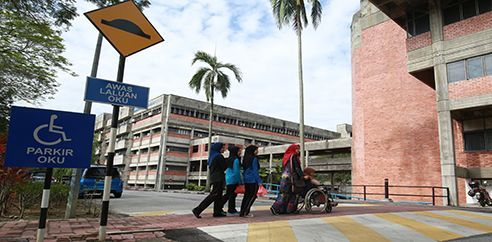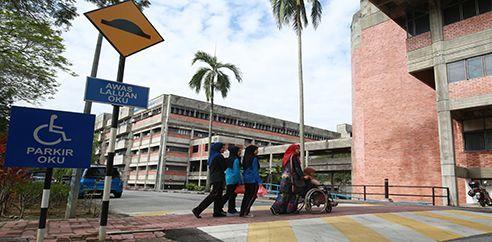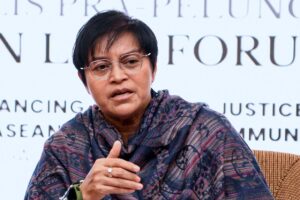
PETALING JAYA: Public universities continue to face challenges in turning their campuses into fully inclusive spaces for persons with disabilities (OKU), largely due to old building structures and limited funds.
Still, stakeholders acknowledge that ensuring accessibility for all students is a responsibility they cannot ignore.
“Some older buildings, constructed long before accessibility was a priority, still fail to meet today’s universal design standards.
“Renovations are often complex and costly, but the university recognises that upgrading these legacy structures is crucial to ensure no student feels excluded,” said Universiti Kebangsaan Malaysia (UKM) Students and Alumni Affairs acting deputy vice-chancellor Prof Dr Norinsan Kamil Othman.
He said meeting the Malaysian standard on universal design and accessibility (MS 1184:2014) presents an ongoing hurdle.
“It is not a one-time task but an ongoing commitment.
“As technology advances and expectations shift, our university must continually upgrade its facilities to stay current with best practices in accessibility,” Prof Norinsan said.
At UKM, efforts go beyond ramps and tactile pathways for its
OKU community. The varsity has a custom seven-seater van with a hydraulic lift that ferries wheelchair users across campus and throughout the Klang Valley.
Its official website also features an accessibility menu, enabling users with different needs to easily access key information, academic resources, and campus services.
To ensure progress is monitored, UKM and Universiti Putra Malaysia (UPM) carry out comprehensive accessibility audits to measure compliance and highlight areas for further improvement.
“At UPM, we conduct our accessibility audit every year and make improvements if we find any weaknesses in our facilities,” the university’s Disabled Services and Support Unit coordinator Marlinah Muslim said.
She noted that the audit – carried out by either its OKU students or designated officers – showed encouraging progress, with compliance improving from 50% in 2021 to 69% in 2024.
The university now provides more than 400 OKU-friendly facilities, including ramps, lifts, toilets, parking and residential rooms.
Universiti Sains Malaysia (USM), too, has strengthened inclusivity through consultation and policy oversight.
The OKU student association, a university-level committee of experts, and the establishment of a dedicated OKU Cluster ensure regular input and alignment with international standards.
“We have the vision to make USM a fully OKU-friendly campus, but implementation requires time and funds. That’s why we are doing it in stages,” said deputy vice-chancellor Prof Dr Azlan Amran.
The university’s OKU policies guide all new facilities, he added.
“For instance, libraries should provide special rooms for OKU students, where designated assistants can offer support – particularly for those with visual or hearing impairments.
Libraries should also have emergency lights, besides bells, to signal closing time or emergencies,” he said.
USM’s main campus in Penang currently has 21 OKU parking bays, 50 accessible toilets, 101 ramps, and 48 wheelchair lifts.






